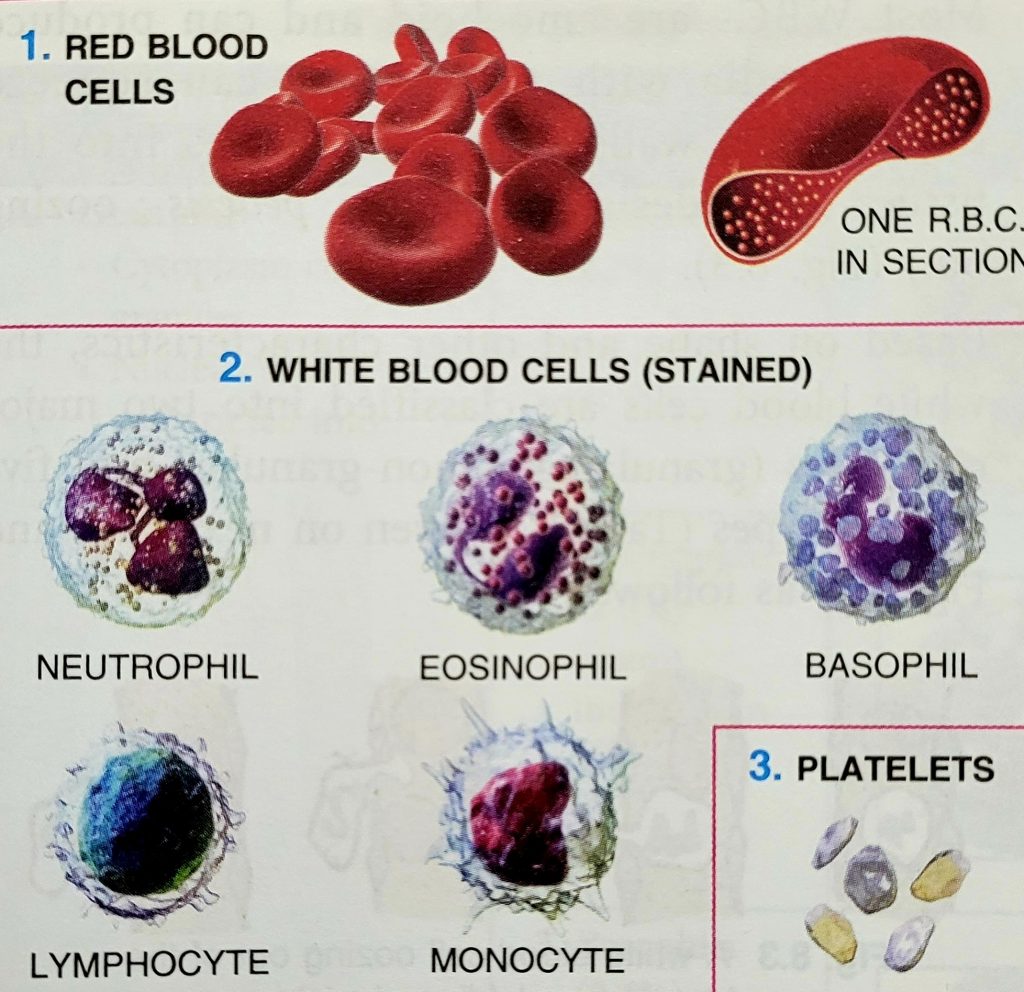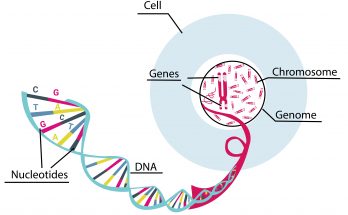Define Blood
Blood is a fluid Connective tissue that links different parts of the body. It supplies nutrients, hormones and oxygen etc to all living cells and carries back carbon dioxide for respiration.It acts as a buffer system in our body. Blood plays an important role in protection against diseases.
What are the Components of Blood?

2 Important Components of Blood
- Plasma – fluid part, constitutes 55-60 percent of blood.
- Cellular elements- Red and white cells, and platelets, 40-45 percent of blood.
Also Check – Functions Of Blood
Define PLASMA
- Plasma is the liquid portion of blood.
- The plasma is a light-yellow coloured, alkaline liquid.
4 Important Components of Plasma
Plasma mainly consists of –
- Water – 90 – 92%
- Proteins – 7 -8%
- Inorganic salts – 1%
- Other substances- Traces
The inorganic salts mainly include sodium chloride and sodium bicarbonate. Among other substances contained in the plasma are glucose, amino acids, fibrinogen, hormones, urea, etc.
The plasma from which the protein fibrinogen has been removed is called serum.
CELLULAR ELEMENTS

3 Important CELLULAR ELEMENTS of Blood
- Red blood cells (Erythrocytes)
- White blood cells (Leukocytes)
- Blood platelets (Thrombocytes)
RED BLOOD CELLS (RBCs)
- The oxygen carriers Red blood cells are also called erythrocytes
- These are minute biconcave disc-like structures, flat in the center and thick and rounded at the periphery.
- These are very small, about 7 micron in diameter .
- The small size plus the concavities on either side provide a large surface area which makes them very efficient in absorbing oxygen.
- The small size enables the red blood cells to travel through very fine capillaries in the body.
- An adult human male has about 5 million RBCs per cubic mm of blood and an adult female has slightly less, about 4.5 million.
Define – HEMOGLOBIN
- Hemoglobin is the effective chemical constituent of RBCs.
- The red blood cells have a colorless spongy body or stroma which contains a respiratory pigment hemoglobin (Hb).
Also Check – Class 9 – Chapter 6 -Tissues – Notes
WHITE BLOOD CELLS (WBCs)
- White blood cells, or leukocytes , differ from red blood cells in having a nucleus and not containing hemoglobin.
- WBC number is much less, usually about 4000-8000 per mm³ of blood.
- Most WBCs are amoeboid and can produce pseudopodia with which they can squeeze through the walls of the capillaries into the tissues.
2 Types of Whilte Blood Cells (WBCs)
Based on shape and other characteristics, the white blood cells are classified into two major categories
- Granular
- Non-granular
Granular Whilte Blood Cells (WBCs)
- These are the types of WBCs in which Cytoplasm contains granules
- Nucleus usually constricted into lobes
3 Types of Granular Whilte Blood Cells (WBCs)
There are three types of Granular While Blood Cells
- Neutrophils (62%)
- Eosinophils (2.3%)
- Basophils (0.4%)
Non- Granular Whilte Blood Cells (WBCs)
- These are the types of WBCs in which Cytoplasm is without granules
- It has single large nucleus
2 Types of Non- Granular Whilte Blood Cells (WBCs)
There are 2 types of Non Granular While Blood Cells
- Lymphocytes (30%)
- Monocytes (5.3%)
BLOOD PLATELETS (Thrombocytes)
- Blood Platelets are also called thrombocytes.
- They are minute oval or round structures, non-nucleated, floating in the blood.
- It helps in the clotting of blood




3 Comments on “What are the Components of Blood Class 9”